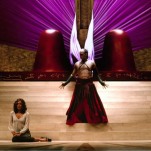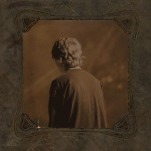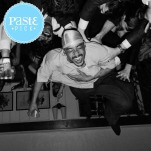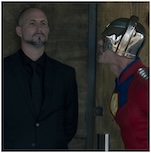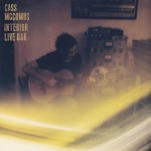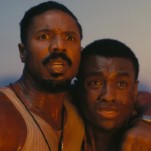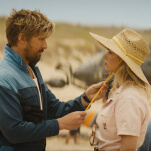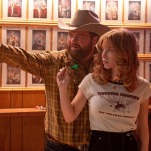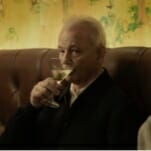The Standoff at Sparrow Creek
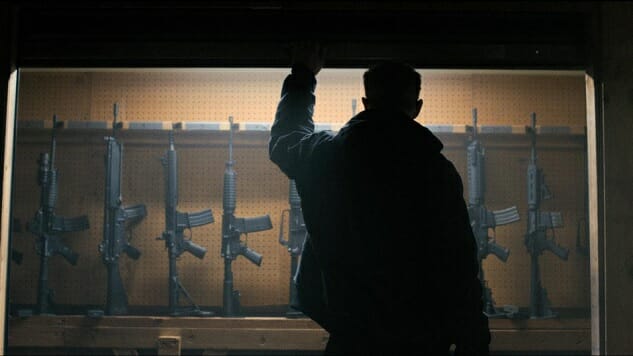
Rarely do movies show potential viewers as much consideration as Henry Dunham’s The Standoff at Sparrow Creek does through title alone. Everything a viewer needs to know about the plot, the story, and the setting is baked right in the name in just five words: There’s a creek, there’s a standoff happening by the creek, and the creek somehow relates to passerine birds.
For a percentage of folks, that’s all the info they’ll need to purchase a ticket. The details left out of the title are small potatoes compared to the basic structure outlined by the film’s self-summarizing appellation, not just to a prospective audience but to Dunham himself. The Standoff at Sparrow Creek is as stripped down as thrillers get: An ex-cop turned militiaman meets up with his fellow militiamen after hearing of a shooting at a police funeral ostensibly perpetrated by one of their number. Packed into one confined space, each grows suspicious of the others and increasingly keen on saving their own asses.
The ex-cop is Gannon, played by James Badge Dale. Gannon’s peers—Noah, Beckmann, Morris, Keating, Hubbel and Ford—are played, respectively, by Brian Geraghty, Patrick Fischler, Happy Anderson, Robert Aramayo, Gene Jones and Chris Mulkey, a burly assemblage of men ranging between chiseled and slovenly. Once gathered, they don’t leave the warehouse they use as militia HQ, remaining under its fleeting protection as Gannon employs the interrogation skills he picked up in his days working for the law in a controlled but obviously unnerved attempt at finding the cop killer in their ranks.
Resist the temptation to compare The Standoff at Sparrow Creek to Reservoir Dogs, or even The Hateful Eight—one-room movies populated by characters severely lacking trust in one another. Dunham doesn’t exhibit Tarantino’s flair for colorful, punchy dialogue and pop culture referentialism but nor should he, necessarily—this is a film anchored to here and now, unfolding so briskly that borrowing Tarantino’s elements of style would rob the experience of immediacy. Desperation is oxygen to The Standoff at Sparrow Creek, not snappy, cuss-laden banter.
Dunham’s carves out his aesthetic in sudden, tense silences, where viewers can smell paranoia and see the air crinkling between his characters. In the tradition of all great crime dramas, from Heat to Mean Streets to Fargo, the wicked pleasure of The Standoff of Sparrow Creek is the time spent with dangerous people, if only for an hour and twenty minutes, allowing us to note wrongdoing, as well as their humanity, such as it is. (The militia comprises men who bear a family resemblance to, say, the 10-gallon douchebags who seized control of Oregon’s Malheur National Wildlife Refuge in 2016.)
-

-

-

-

-

-

-

-

-

-

-

-

-

-

-

-

-

-

-

-

-

-

-

-

-

-

-

-

-

-

-

-

-

-

-

-

-

-

-

-





